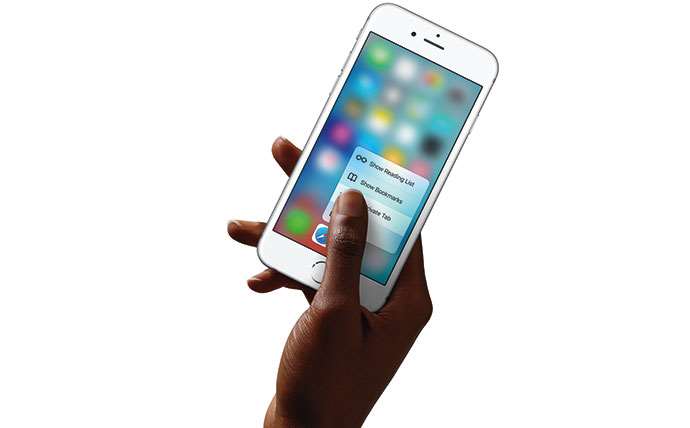If the rumours are to be believed, Apple is planning to drop the standard 3.5mm headphone jack from this year’s iPhone 7 release.
The rumours, which began a month ago, gained traction over the past week when fresh reports emerged that users’ existing investments in expensive headphones could be toast.
Fast Company, for example, reported that wired headphones would now use the Lightning cable port, and that users might also be able to use wireless headphones.
And 9to5 Mac reported that Apple is developing wireless headphones under its Beats brand for iPhone 7.
But the potential for the 3.5mm port to be dropped has outraged many users.
Almost 250,000 (at the time of publication) have signed an online petition aimed at saving the port – and thus the existing investments in headphones made by iPhone users.
While the petition has been widely reported, it’s unclear whether it will make much difference.
In the meantime, many observers have attempted to explain why Apple would drop a port that has been standardised on so many devices for so long.
The most common explanation is that it’s about the thinness of the device – that abandoning the jack will allow Apple to save precious weight and perhaps shave off a little bit more width compared to the iPhone 6.
However, a San Francisco-based designer, Matt Galligan, has produced an alternative explanation that has gained support from other commentators.
Rather than thinness, Galligan believes it’s about freeing up real estate for more screen size.
He cites recent Apple patents as proof that Cupertino wants to create handsets with larger screens – and potentially do away with physical buttons altogether.
“I don’t have an inside source, nor any concrete reason to provide that would help prove my point, but think that if we read the tea leaves a bit Apple may have something big on the way, all because they’re getting rid of a 100 year old jack,” Galligan said.
BGR agreed with Galligan’s assessment, and said that killing the 3.5mm jack could also make it simpler to waterproof future iPhone devices.
That could be important as its expected that iPhone rivals like future Galaxy devices will be made waterproof.
Forbes opined that changing the headphone connection could simply be a numbers game. Apple charges OEMs a fee of several dollars to make products with its connector technology.
“This is a revenue generator for Apple,” Forbes said.
Forbes went on to cite sales figures for the iPhone 6S and iPhone 6S Plus – 13 million units in the first weekend.
“If the iPhone 7 tracks to sell the same, you can assume that a large percentage of buyers will also look to purchase better headphones with a Lightning connector,” the report added.









